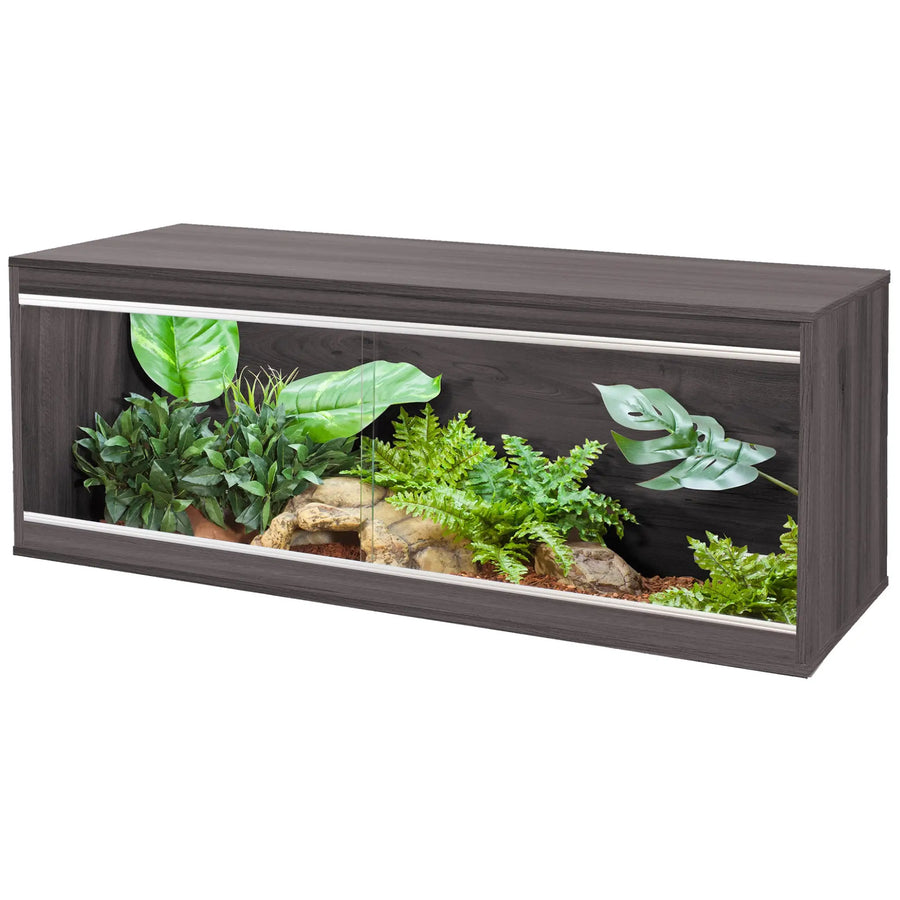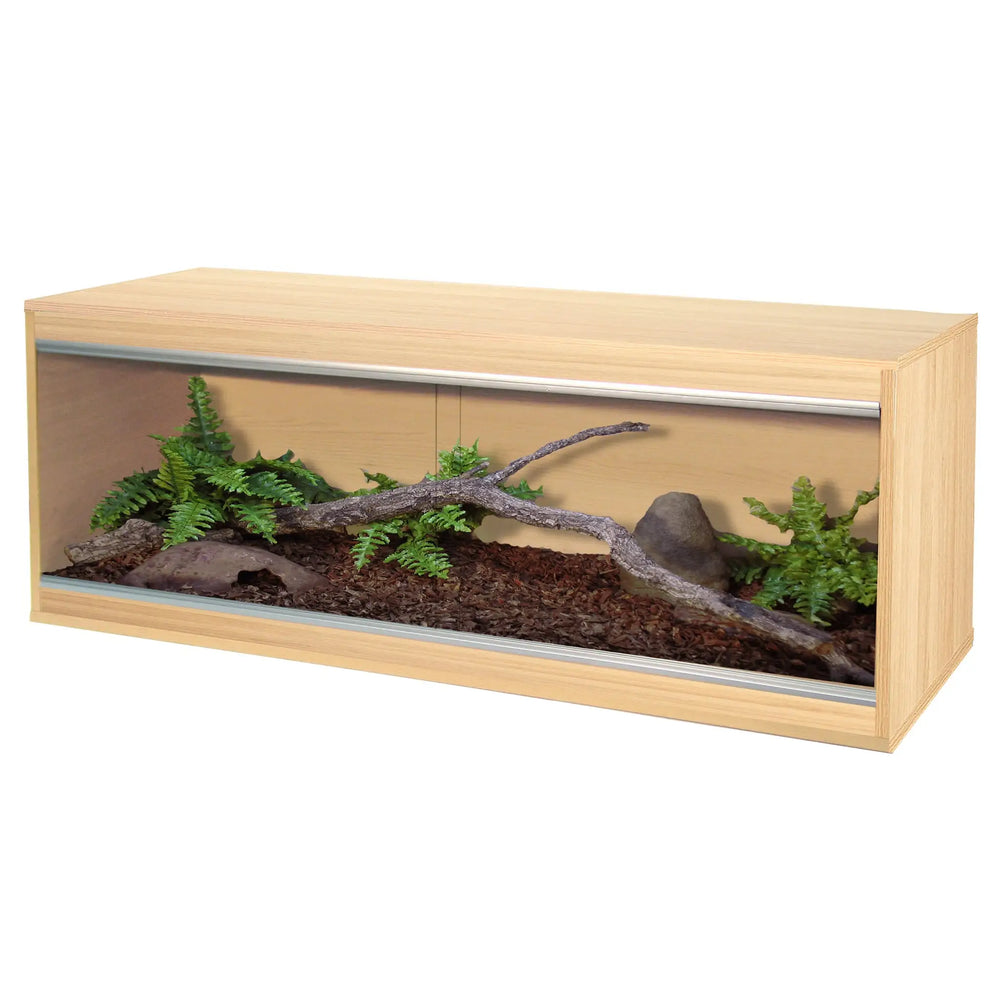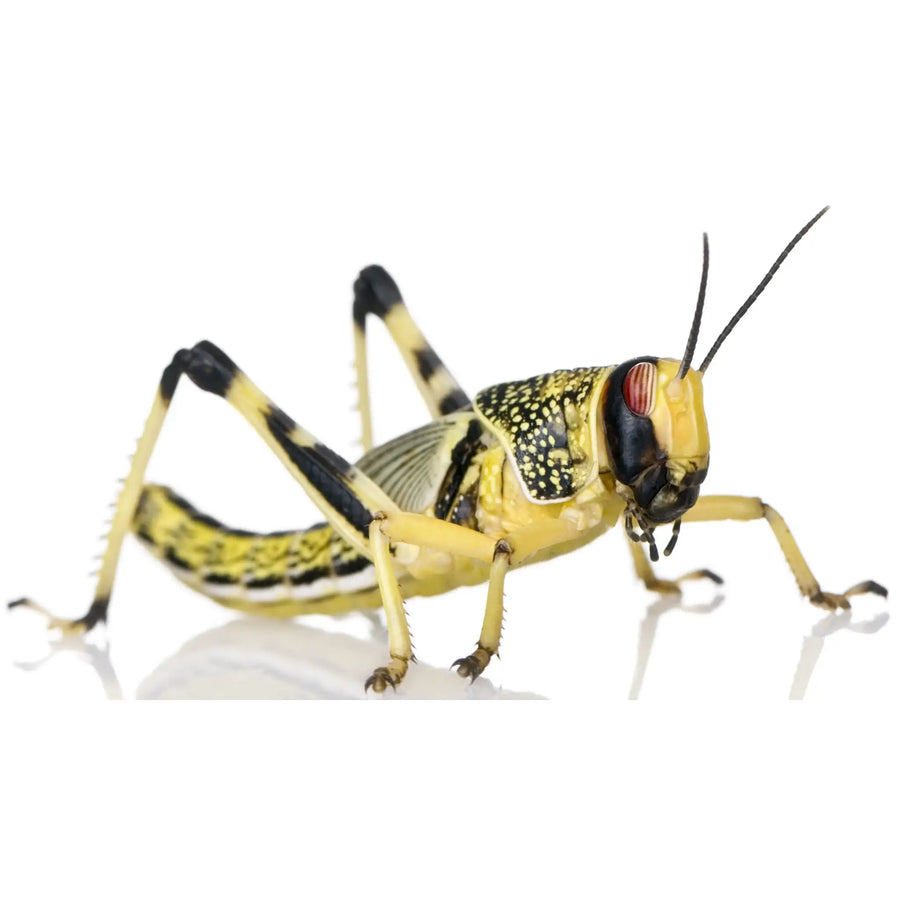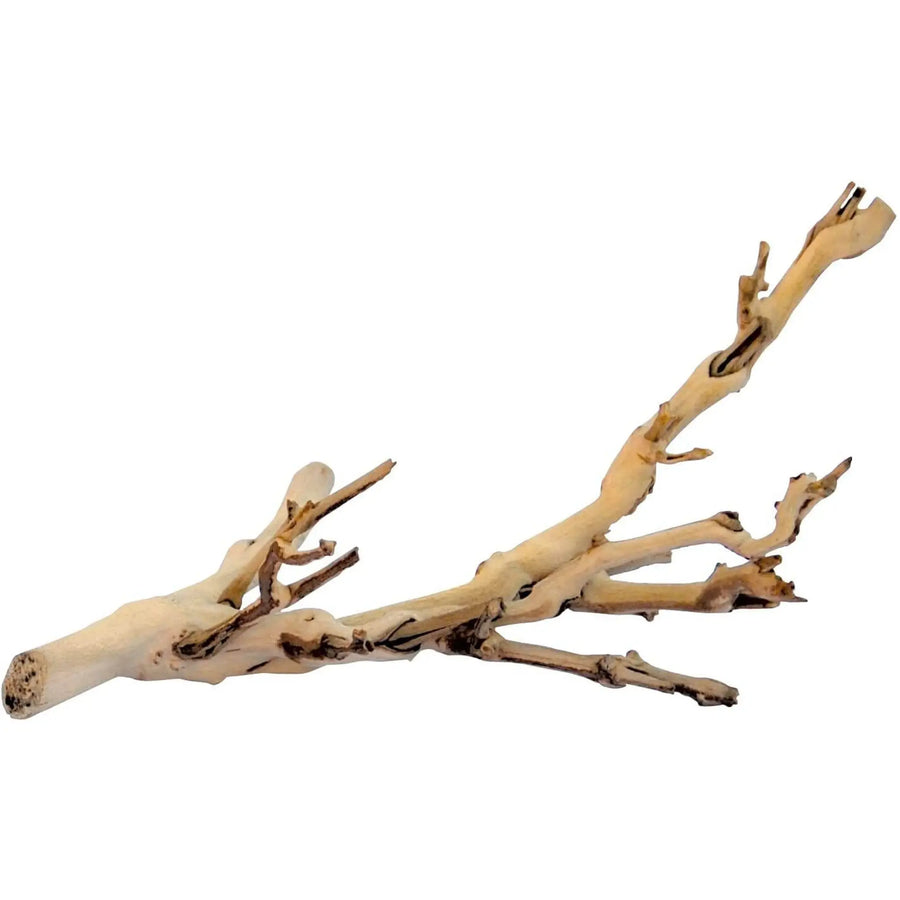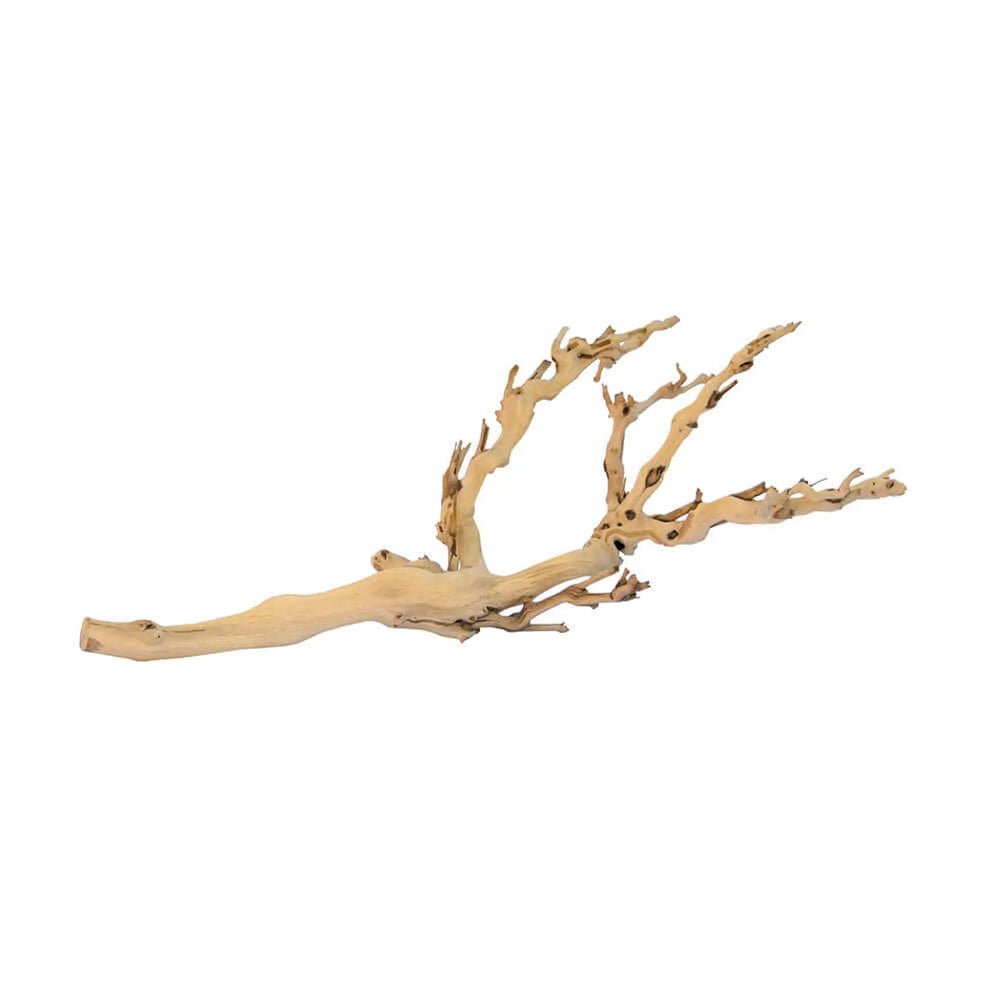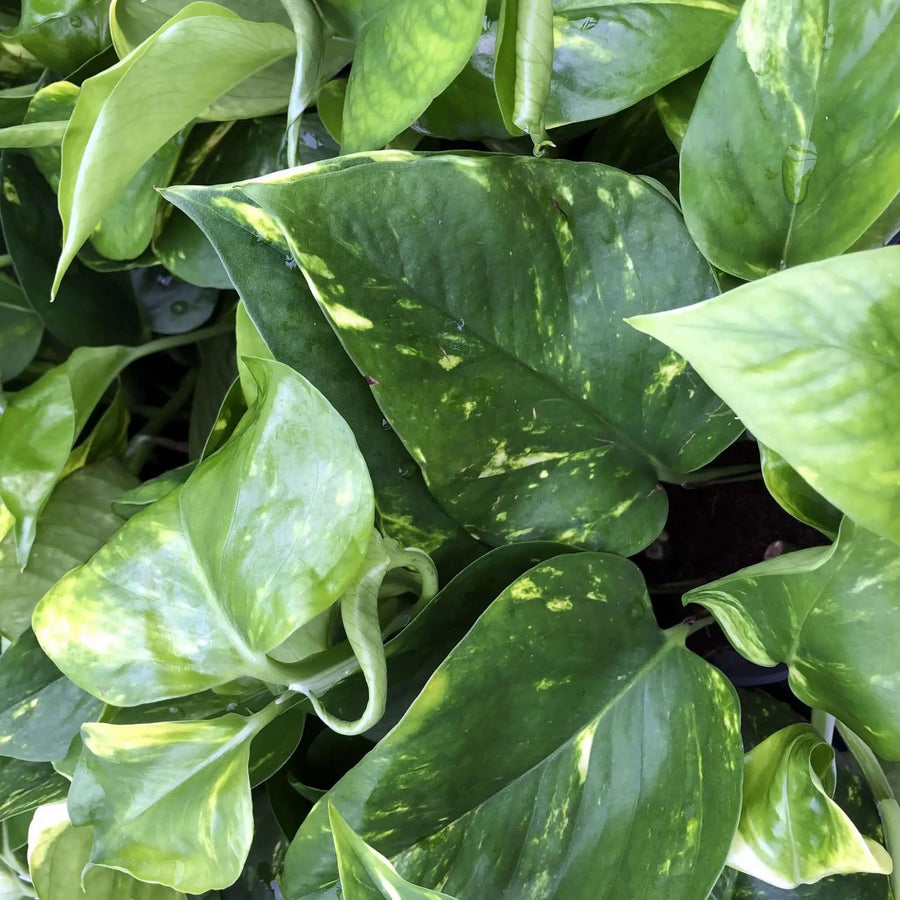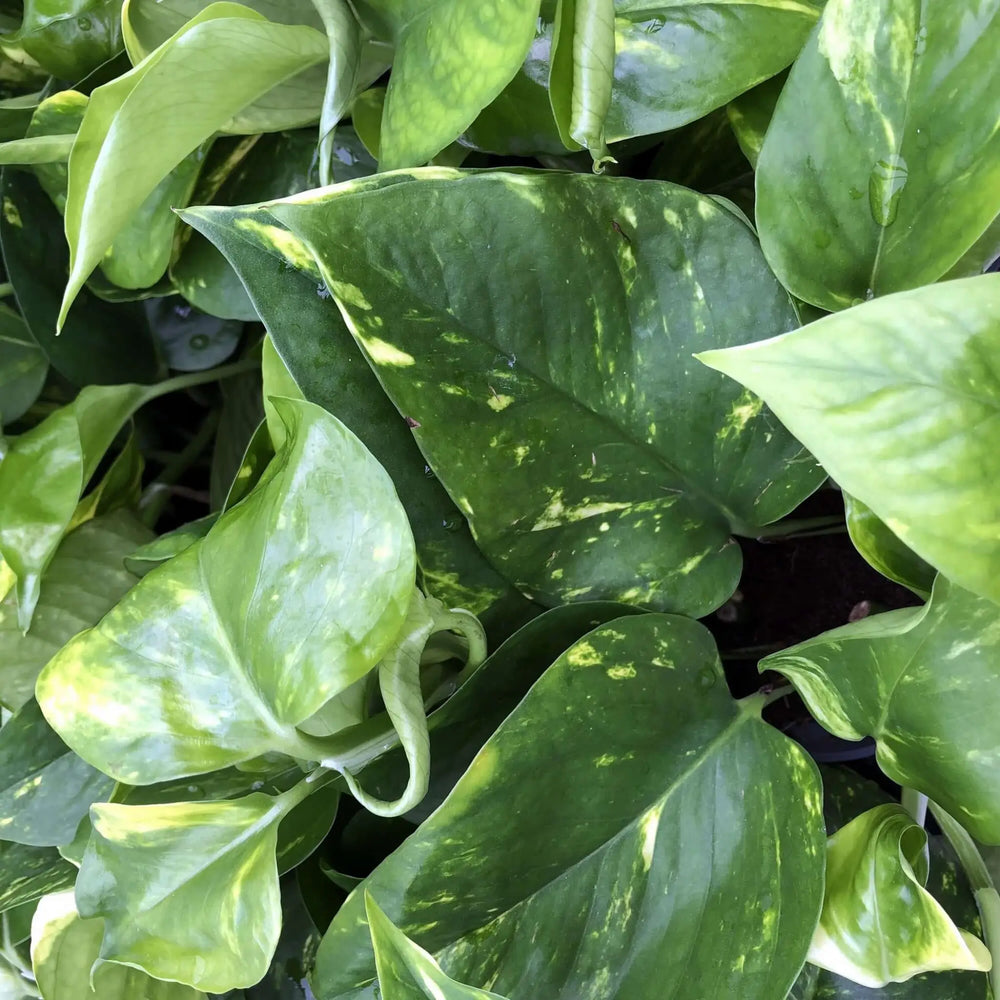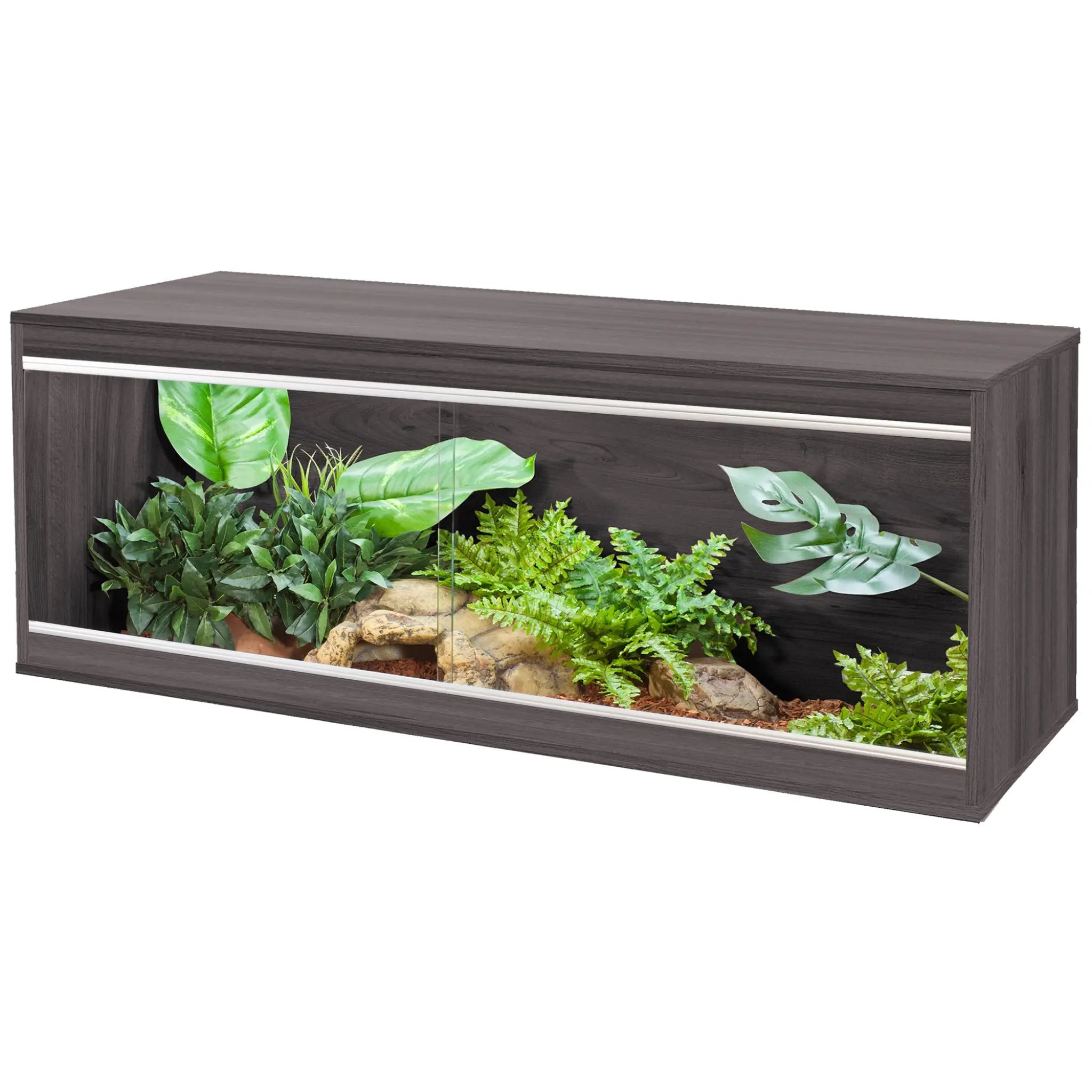
Setting up a bearded dragon enclosure
by Luke Tansley on in Bearded Dragons Products
Bearded dragons are brilliant pets for first-time owners. As long as their requirements are met from day one they are very hardy animals, perfect for beginners and children. To make it as easy as possible to keep temperatures and lighting consistent and correct throughout the day we have now made sure each heater in our set up list is controlled by a thermostat. To check our set up list please click here. (This could be updated in future so please check the setup instructions below the list on the setup page)
Building your Bearded Dragon Setup
It’s very easy to set construct this bearded dragon setup. The vivarium and cabinet come with instructions and should take around 20 minutes per unit to construct. They mostly use locking screws so don’t worry if you make a mistake, it can easily be taken apart and re-built. Once the vivarium is constructed you will want to seal the joints inside with aquarium sealant. This will extend the life of your vivarium by keeping the joints water-resistant. Make sure the panels are all as clean and dry as possible before applying. Once applied, leave the enclosure for at least 6 hours so the silicone can set and the fumes can disperse.
For the following sections, the cables for each piece of equipment will be fed through the vents at the top of your enclosure’s back wall. The Vivexotic range now includes removable vents large enough to fit the entire plug through so you should not need to re-wire any plugs.

Creating the Basking Area
This enclosure is designed to get to 100-110 Fahrenheit on the hot end but still leave the other side cool. To do this you should choose one end of the enclosure to be your hot end and one end to be the cool end. All of your heating equipment should be placed in the hot end.
We provide our daytime basking temperatures using an intense basking spot lamps controlled by a dimming thermostat. The basking lamp is fixed to the centre of the ceiling close to the warm side. Ideally, we want 1/3 of the enclosure to be hot so we would usually place the lamp about 6 inches from the sidewall.
On the outside of the enclosure, your lamp fitting can be plugged into the dimming thermostat. This thermostat is set to 95-100f and placed 12 inches in from the sidewall. You can leave the sensor inside the enclosure on the floor for ease of set up but we prefer attaching it to the back wall a few inches above the floor and pointed towards the warm end. Once the sensor and lamp are in place you can plug your thermostat into a power source and you should see the lamp light up.
Nighttime Heating
In our setup night time heating is provided by a ceramic heat emitter. These bulbs can be harmful so we need to make sure they are always guarded and controlled by the appropriate thermostat. The ceramic bulb screws into the ceramic lamp holder and is fixed to the ceiling using the ceramic heater guard. We try to put this unit in the back corner of the hot side. If you are worried about a small pet getting behind the guard you could elect to leave an inch or two of space between the guard and vivarium walls, just make sure that it’s not too close to your basking lamps.
Once the ceramic is fixed in place and guarded you can plug it into your thermostat outside the enclosure. The temperature on the thermostats dial should be set to 80f and its sensor should be placed inside of the enclosure around 1/3 of the way from the hot end. As with the dimming thermostat, you could leave this sensor on the floor but we prefer to attach it to the back wall a few inches above the floor.

\
Controlling Temperatures
This set up includes a pair of thermostats to control both day and night time heating so it should be fully automatic. We recommend using a thermometer to keep an eye on the temperature in the warm and cool side to make sure that your hardware is all working properly. The thermostats are very reliable but its always best to have a way of double-checking. The thermostat in your kit is best placed on the hot end sidewall, if the basking temperature is correct and the room is not too hot then you should have a good cold end by default.
Setting up the UVB
UVB is very important for reptiles as it allows them to produce their own vitamin D and use the calcium in their diet. Without the correct UVB levels reptiles can become very poorly. All of the UVB in this kit is provided by a UV tube and reflector. To set this up you will need to open up your UV controller. Inside you should find that it has one plug and two wires ending in connectors. Feed the connectors into the enclosure using the top vents and leave them dangling inside. Once they are in the enclosure you can fix the reflector to the ceiling. Simply screw the reflector into the ceiling as far back as possible leaving an inch on either end. The reflector is in a J shape, you want to fix it so the longest side (top of the J) is at the closest to the ceiling and facing toward the front of the enclosure.
Once this is in place you can attach the connectors to the tube and clip the tube into your reflector. T5 lamps are a little more difficult so you will need to remove the waterproof cap on the connector, place it onto the tube leaving yourself a few inches of space. You then line up the pins on the tube and connector then press in until you hear a small click. When you hear this click bring the cap down the tube making sure not to relieve pressure on the fitting and screw it in place. It needs to be very tight to ensure the connection is made.
The tube will deteriorate over time and need replacing. T8 lamps should be changed every 6 months while T5 lamps last 12 months.

Running the Enclosure
This setup is designed to provide an intense basking area and UV throughout the day and switch to complete darkness with some warmth at night. The basking lamps and UV tube should be on for 10-12 hours per day and off all night. When the basking lamps and UV tube have been turned off the vivarium will begin to cool down, when it gets below the set temperature your thermostat will turn on the ceramic and keep one side warm for you.
If you have any concerns or need any further advise please contact us at sales@reptilecentre.com.


